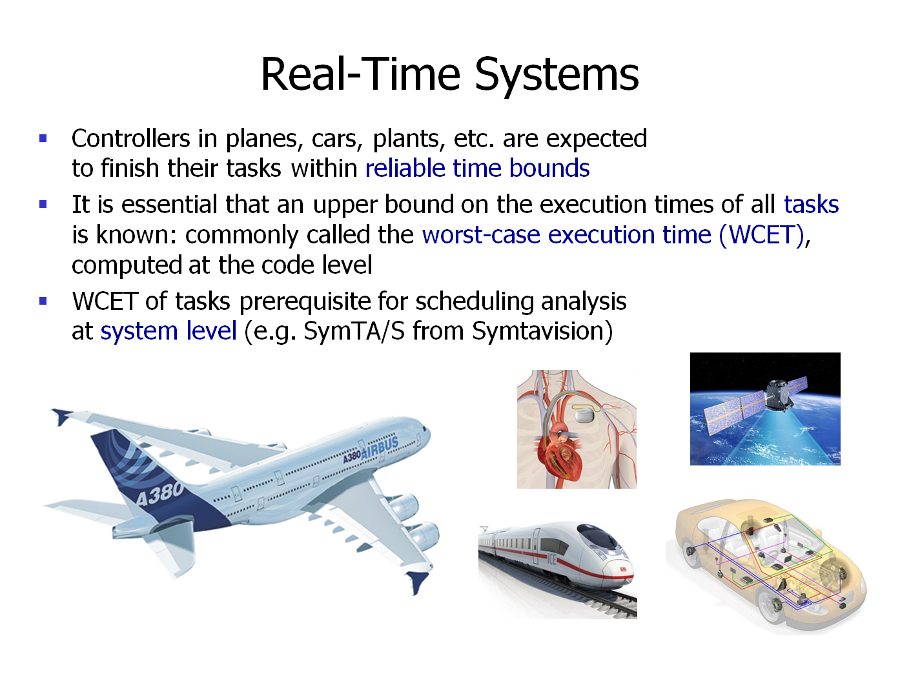Real-Time Embedded Systems Design

About Course
In an increasingly connected and automated world, real-time embedded systems form the invisible backbone of critical applications—from self-driving cars and aerospace controls to medical devices and industrial automation. This course is your gateway into the fascinating and high-stakes world of designing systems that must perform with precision and reliability under strict timing constraints. Whether you’re an aspiring engineer or a tech enthusiast, you’ll gain a deep understanding of how real-time embedded systems operate, how they differ from traditional computing systems, and why they are crucial in mission-critical environments.
Throughout this immersive learning journey, you’ll explore the foundations of real-time systems, delve into real-time operating systems (RTOS), and learn about task scheduling, hardware-software integration, memory optimization, and debugging techniques. Real-world case studies from aerospace, automotive, healthcare, and manufacturing sectors will illuminate practical challenges and solutions. By the end of this course, you’ll not only understand how these systems are built but also how to optimize them for performance, power, and reliability—equipping you with skills that are in high demand across industries.
Course Content
Introduction
Introduction to Embedded Systems
00:00Overview of real-time systems
00:00Real-time systems design challenges
00:00Overview of the book contents
00:00